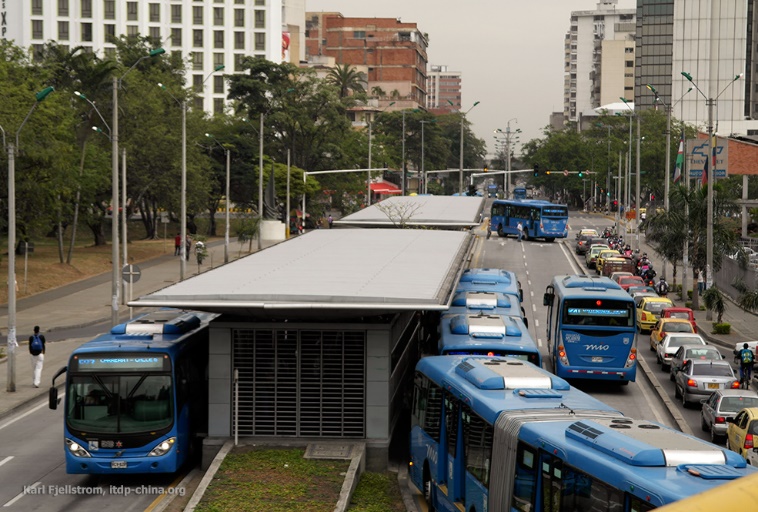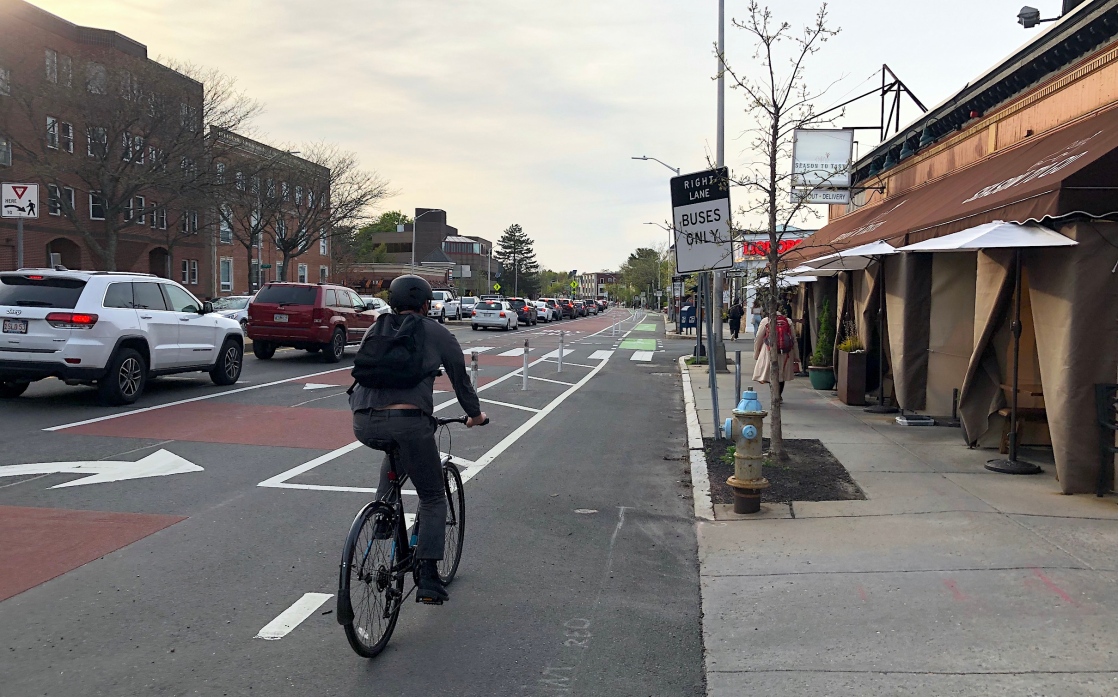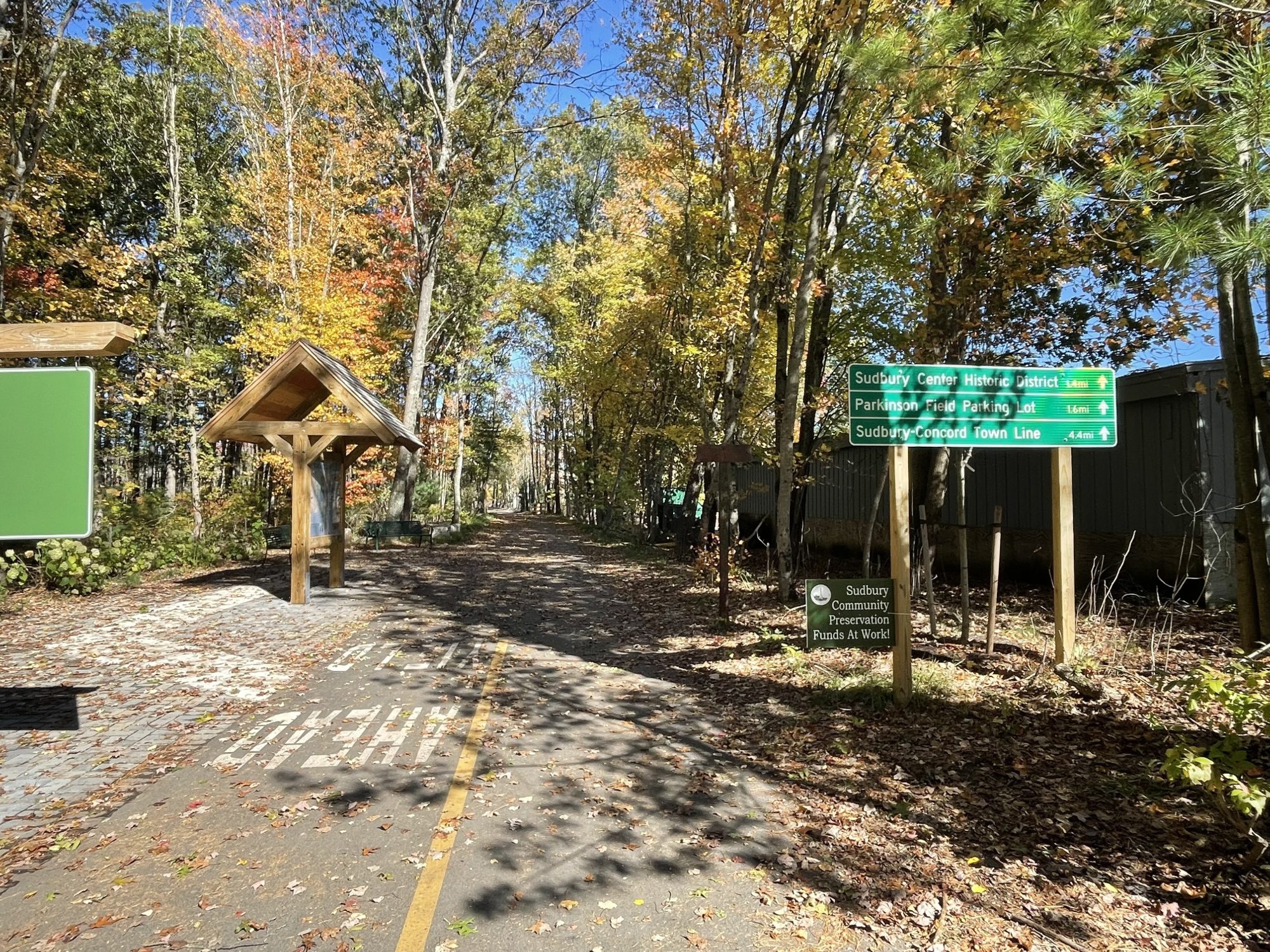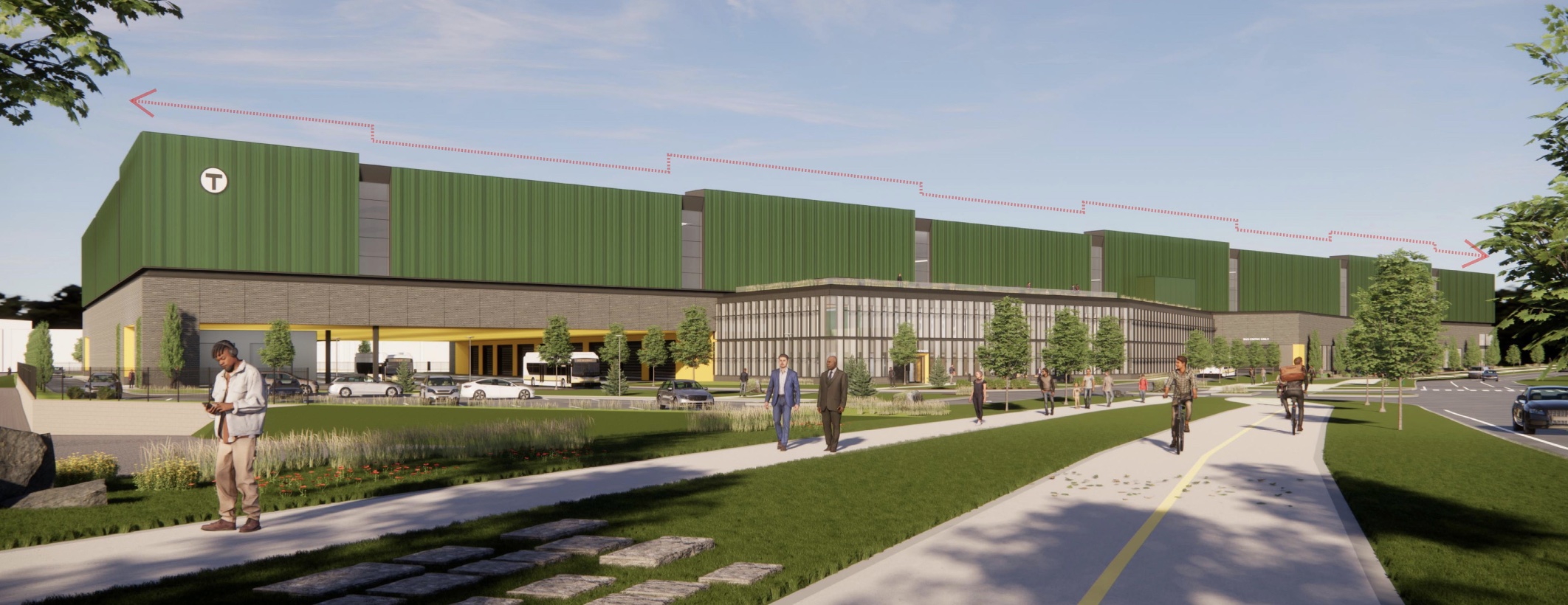The MBTA is soliciting bids from manufacturers to obtain up to 460 new battery-electric buses starting in 2023, and bidding documents hint that the new buses could be custom designed to run on new center-running busways throughout the region.
According to a request for proposals (RFP) issued on April 22, the MTBA is seeking bids from manufacturers for at least 45 new battery-electric buses, the first of which would arrive in the spring of 2023.
An optional add-on in the RFP also requests pricing for "up to an additional 315" electric buses in addition to the base order, for a total of 360.
That's roughly the combined capacity of three new bus garage projects that the T is currently working on: the renovation of the 35-bus North Cambridge garage, which could get underway next year, the new Quincy garage, currently under construction, and the proposed Arborway garage, currently in planning.
A second bid option asks for "up to 100 new low-floor battery-electric buses configured for street-side boarding" – in other words, buses with doors on their left side.
Historically, MBTA bus riders have boarded and exited buses on the left side of a vehicle in one specific place: the Harvard bus tunnel, where the T's electric trolleybus fleet ran until recently.
The T's 35 trolleybuses were all equipped with doors on both sides so that they could operate in that tunnel. According to previous presentations from the T, the first 35 new electric buses from this contract would likely be deployed to a renovated North Cambridge garage to replace those scrapped trolleybuses by early 2024.
But the fact that the T is shopping for 100 buses with left-side doors suggests that the agency is also thinking about other places where left-side boarding might come in handy.
Last year, Julia Wallerce and Ari Ofsevit of the Institute for Transportation and Development wrote an essay for Boston Indicators in which they urged the MBTA to buy buses with doors on both sides of the vehicle. They noted that left-side boarding would give cities much more flexibility about where they can install bus lanes and bus stops.
"When buses are equipped exclusively with right-side doors, they are forced to either board at the curb—which precludes center-running service that is unobstructed by curbside conflicts—or board using separate platforms in each direction, which can take up nearly twice as much space," they wrote.
At last week's open house for the proposed North Station-South Station multimodal corridor, StreetsblogMASS asked two of the City of Boston's transit planners how buses with left-side doors could affect the city's proposed bus-priority street redesigns.
Matt Moran, a transit planner for the Boston Transportation Department (BTD), said that buses with doors on both sides would "open up a lot of opportunities" for the city's bus-priority infrastructure projects.
He mentioned the city's proposed center-running busway on Blue Hill Avenue, where existing medians in the middle of the street could quickly and cheaply be converted to bus stops if the buses that serve those routes had doors on their left side.
"It recognizes the potential that we don't need to rip up a whole street, if we can just change the bus instead," added Maya Mudgal, another BTD transit planner at last week's open house.
Several other bid options in the RFP hint at other initiatives that the T has been working on:
- An option to install the "Quantum Wheelchair Restraint System" on some of the new buses suggests that the agency's pilot run of a robotic wheelchair restraint system has been successful enough to expand to more vehicles. Historically, wheelchair users have relied on bus drivers to secure their mobility devices with seatbelts, but the new system lets riders deploy a robotic arm that can do the same job without any assistance.
- Another option calls for "an option for the contractor to provide a license plate reader system" on some or all of the new vehicles. That kind of technology has helped other transit agencies keep bus lanes clear of unauthorized traffic, but to be useful here in Massachusetts, those cameras will require the passage of new automated traffic enforcement laws in the state legislature – and that legislation is going nowhere fast.
- The new buses are expected to come with small diesel-powered heaters, which would only run in the winter months to keep the buses warm without draining the battery. Another option in the RFP calls for"the contractor to provide, install, and fully integrate a geofence system that will disable the auxiliary heater when in diesel mode, thereby providing for zero-emissions operation" in specific locations.
- The RFP also suggests that the geofencing could also be used to limit bus speeds in specific locations, and another option in the RFP calls for "Advanced Driver Assistance Systems," which use sensors and cameras to alert drivers to nearby hazards, particularly in the buses' blind spots, and help avoid collisions.






